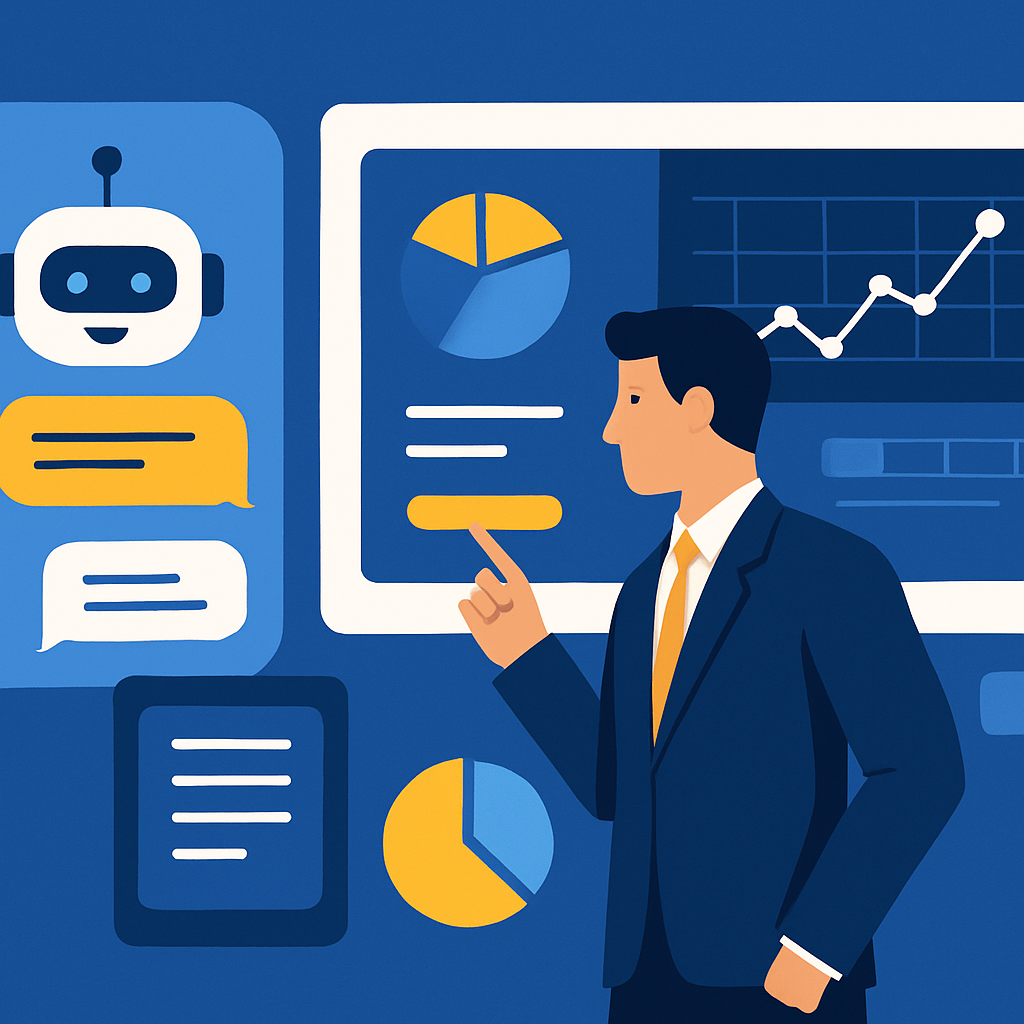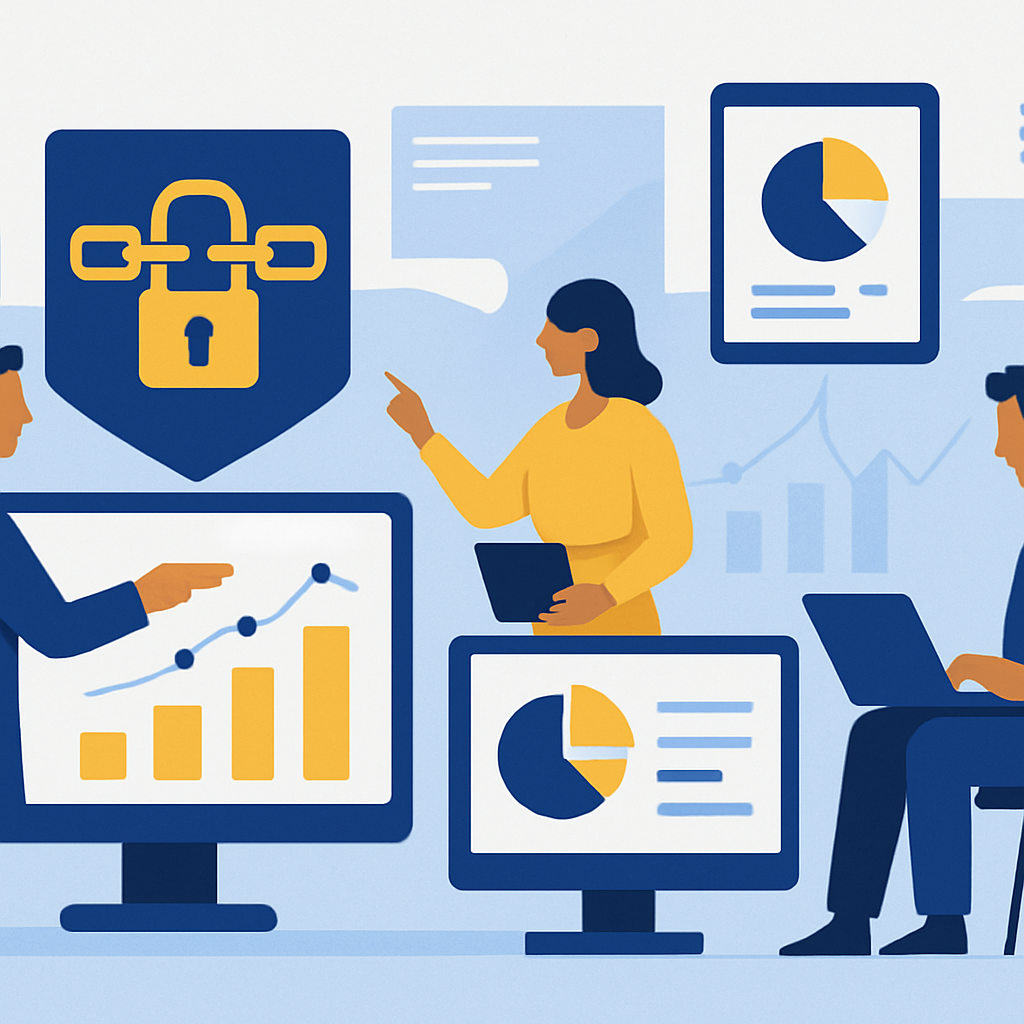
Strategic Chatbot Development: Accelerating Digital Transformation with AI
In today's competitive digital landscape, enterprise-grade chatbots have evolved from simple customer support tools into sophisticated, AI-powered digital assistants capable of transforming business operations. For C-level executives and IT decision-makers, adopting a strategic approach to chatbot development is essential to ensure alignment with organizational goals, scalability, and measurable ROI.
1. Align Chatbot Initiatives with Business Objectives
Successful chatbot deployment begins with a clear understanding of your organization's strategic priorities. Define measurable objectives—such as improving customer service efficiency, increasing lead conversion rates, or streamlining internal workflows—and ensure your chatbot's capabilities directly support these goals. Consider leveraging Digital Transformation frameworks to integrate chatbot projects into broader modernization efforts.
2. Leverage AI for Intelligent Interactions
Modern chatbots can harness machine learning and natural language processing to deliver personalized, context-aware experiences. Implementing AI-driven functionality improves accuracy in understanding user intent and enables proactive engagement. Partnering with experts in AI Implementation ensures that your chatbot can evolve continuously through data-driven learning and predictive analytics.
3. Integrate with Core Business Systems
A chatbot's value multiplies when it seamlessly connects to CRM, ERP, HR, and other mission-critical platforms. This integration enables real-time data access, automated workflows, and a unified customer experience. Using Application Development best practices, organizations can design APIs and connectors that ensure secure, efficient communication between systems.
4. Prioritize Security and Compliance
As chatbots handle sensitive information, robust security measures are non-negotiable. Implement encryption, role-based access controls, and compliance checks to mitigate risks. Working with Security Services specialists can help align chatbot operations with industry and regulatory standards, particularly in sectors like Healthcare Solutions or Financial Services.
5. Design for Omnichannel Engagement
Customers interact across multiple touchpoints—websites, mobile apps, social media, and messaging platforms. Ensure your chatbot delivers consistent, high-quality experiences across all channels. Leveraging AI-powered capabilities from solutions like AI-Powered Digital Workplace can unify interactions and extend reach to both customers and internal teams.
6. Establish AI Governance
Without proper governance, AI-powered chatbots risk drifting from intended objectives or producing inconsistent results. Adopting an AI Governance framework provides oversight, ethical guidelines, and performance monitoring to maintain trust and compliance.
7. Measure, Optimize, and Evolve
Continuous improvement is critical to chatbot success. Monitor KPIs such as resolution rates, customer satisfaction scores, and operational cost savings. Use analytics from tools like the Analytics Suite to identify optimization opportunities and adapt to changing customer needs.
Conclusion
Strategic chatbot development is no longer a luxury—it's a competitive necessity in the age of AI-driven business. By aligning chatbot initiatives with organizational goals, integrating with core systems, prioritizing security, and leveraging advanced AI capabilities, enterprises can unlock significant operational efficiencies and deliver superior customer experiences. With a structured approach and expert guidance, chatbots can become a cornerstone of your company's digital transformation journey.


